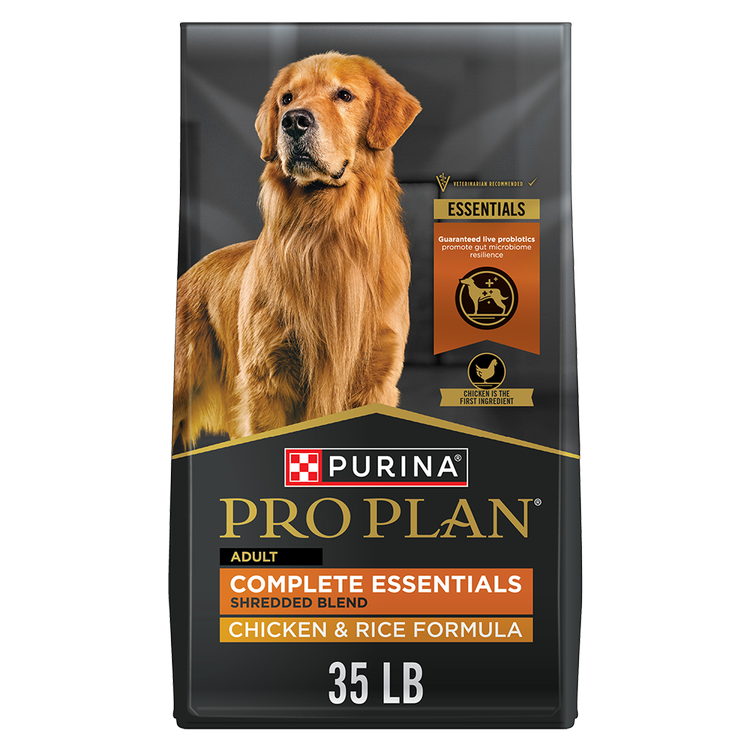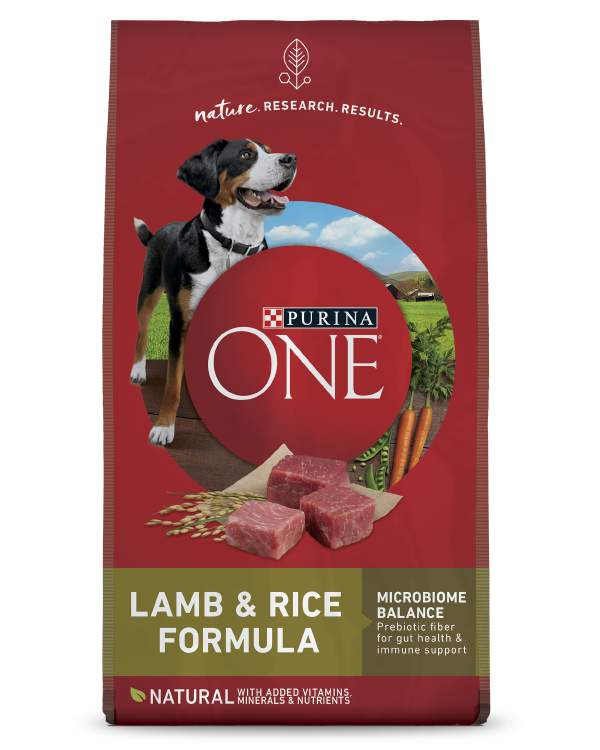The cruciate ligament may sound like a scary name for a collection of fibrous tissue that is located in the knee, but just like us humans, dogs have them too, and they can cause them pain if damaged or injured. Seeing our dogs in some kind of pain is never a good feeling, and it can cause stress for owners and dogs alike. So, what is the cruciate ligament in a dog? And what are the symptoms of a torn anterior cruciate ligament in dogs? Let’s take a look.
What is the Cruciate Ligament in a Dog?
In dogs, there are actually two cruciate ligaments: the cranial cruciate ligament (also known as a dog CCL or dog ACL) and the caudal cruciate ligament. The cranial cruciate ligament (the dog’s ACL) is much like the ACL in our human bodies.
The cruciate ligament in dogs is made of fibrous tissue, and it helps keep the knee joint stable. The cruciate ligament attaches to the femur and tibia, which are the bones that sit above and below the knee joint, enabling the knee to remain stable and to hinge.
The word cruciate means cross-shaped, which refers to the way in which the two parts of the cruciate ligament are arranged.
What Are the Symptoms of a Cruciate Ligament Tear in Dogs
There are a few signs to look for when it comes to your dog having a torn ACL.
Any dog is capable of damaging the cranial cruciate ligament; however, it is more common for overweight or older dogs to suffer from a torn CCL.
The symptoms to look out for are:
- Limping (this is the most common symptom)
- Swelling in one or both knees
- Showing stiffness when getting up or laying down
- Difficulty walking or walking in an unusual way
What Causes Cruciate Ligament Damage in Dogs?
There are a few stresses that can cause damage to the CCL. In the majority of cases, the CCL ruptures due to long-term degeneration. This means that over time, the fibers that make up the ligament have weakened. In some cases, twisting the joint or making an awkward turn can be the final straw that results in a small tear or complete rupture of the ligament; meaning, the knee joint is unstable. This can happen from a simple fall or knock.
Some dogs are more susceptible to damage of the cranial cruciate ligament, especially dogs with preexisting knee conditions, such as a luxating patella. Certain breeds, especially those that are larger in size, are at higher risk of suffering from cranial cruciate ligament damage. These include:
- Golden and Labrador Retrievers
- Mastiffs
- Newfoundlands
- Saint Bernards
- Rottweilers
- American Staffordshire Terriers
Treatment for Dog Cruciate Ligament Injury
There are two main treatment options when it comes to treating a damaged dog CCL: surgery, and the nonsurgical option, which is known as ‘conservative treatment’.
CCL Surgery in Dogs
It is recommended that larger dog breeds with a damaged cranial cruciate ligament have surgery to fix the damage made to the fibrous tissue. When your vet diagnoses the issue, there are a few surgical treatments that they can perform.
One of the most common surgical options is known as a tibial plateau levelling osteotomy (TPLO). There is also a procedure known as a tibial tuberosity advancement (TTA). Your veterinary surgeon will decide which is the best option for your dog. At the time of surgery, they will inspect the damage to the cranial cruciate ligament, remove any fragments of the damaged ligament, and then perform surgery to stabilize the joint, enabling it to return to its normal function.
Conservative Management of CCL in Dogs
This type of treatment doesn’t require surgery. Conservative treatment relies on building strength around the knee joint to help stabilize the joint and the cranial cruciate ligament.
However, this form of treatment tends to be more successful in dogs that weigh less than 25 lbs or dogs that have less significant signs of CCL damage.
The conservative treatment usually consists of the following:
- Weight control
- Physiotherapy to build muscle and strength around the joint
- Anti-inflammatories for the first few weeks of treatment
- Strict rest initially and then a gradual return to exercise
Ongoing Care for Cruciate Ligament Damage in Dogs
There’s a good chance that with treatment and a good recovery, your dog will return to full mobility with minimal lameness. However, it is important to note that the majority of dogs that have suffered from cranial cruciate ligament damage in one knee, may go on to suffer the same condition in the other knee at some point in their lives. It is important to do what you can to reduce the likelihood of this happening, so there are a few things that you can do moving forward.
Making sure your dog gets sufficient exercise once they have recovered is important for their general health; however, try to avoid activities such as jumping, skidding or ball chasing. Also make sure to stay on top of your dog’s weight. As previously mentioned, dogs that are overweight are at higher risk of suffering from cruciate ligament damage. So, make sure to keep them at the optimal dog body condition for their breed, age and size.
You may also want to think about giving your dog joint mobility supplements, as there is a risk, when they get older, of suffering from arthritis in the damaged joint. However, if your pet has undergone surgery to correct their damaged CCL, then the dog arthritis will tend to develop at a slower rate than in those dogs that underwent conservative treatment.
Most dogs will recover and return to normal life over time, post-CCL injury. Your vet may also prescribe ongoing medication for your dog to take so that they have the best possible chance of a positive recovery. The sooner you spot the signs of a dog CCL injury, the better. Your vet will be able to suggest the best treatment for your dog, including pain relief, and get your dog back to walking in no time.
For more expert tips on your dog’s health, explore our other dog health symptoms and issues articles.
Related articles

Reward Yourself with myPurina
Earn and redeem rewards for Purina products with the myPurina app.








